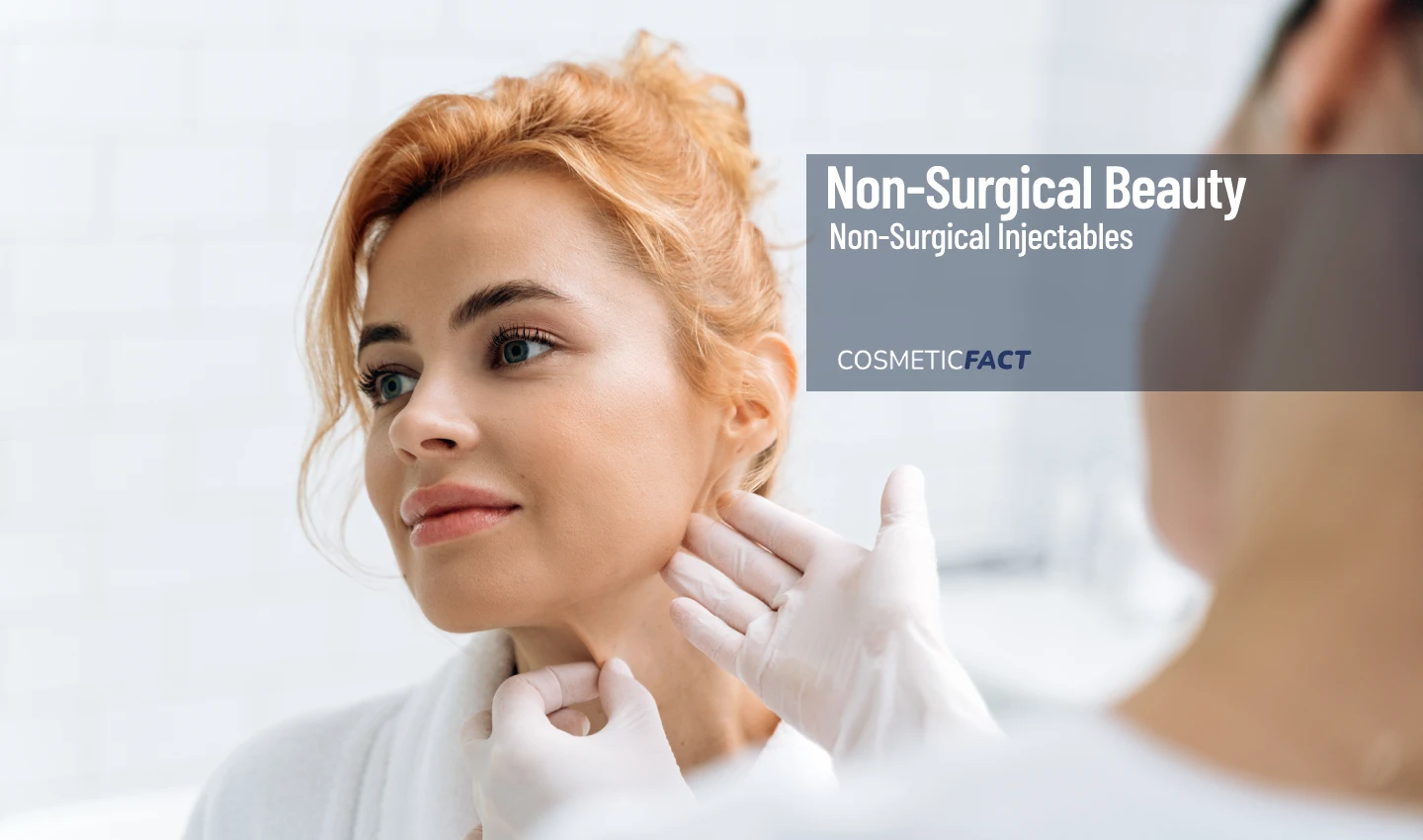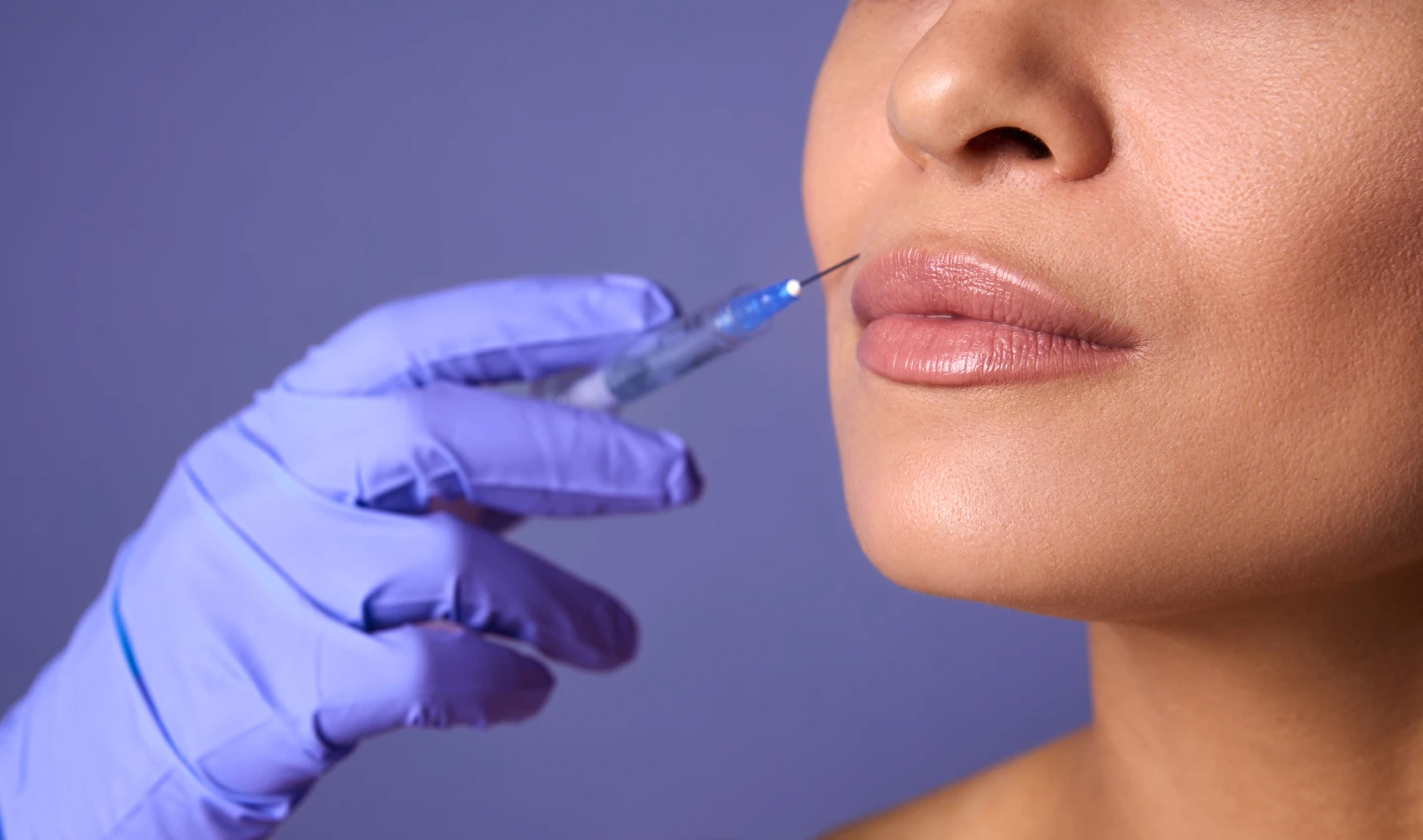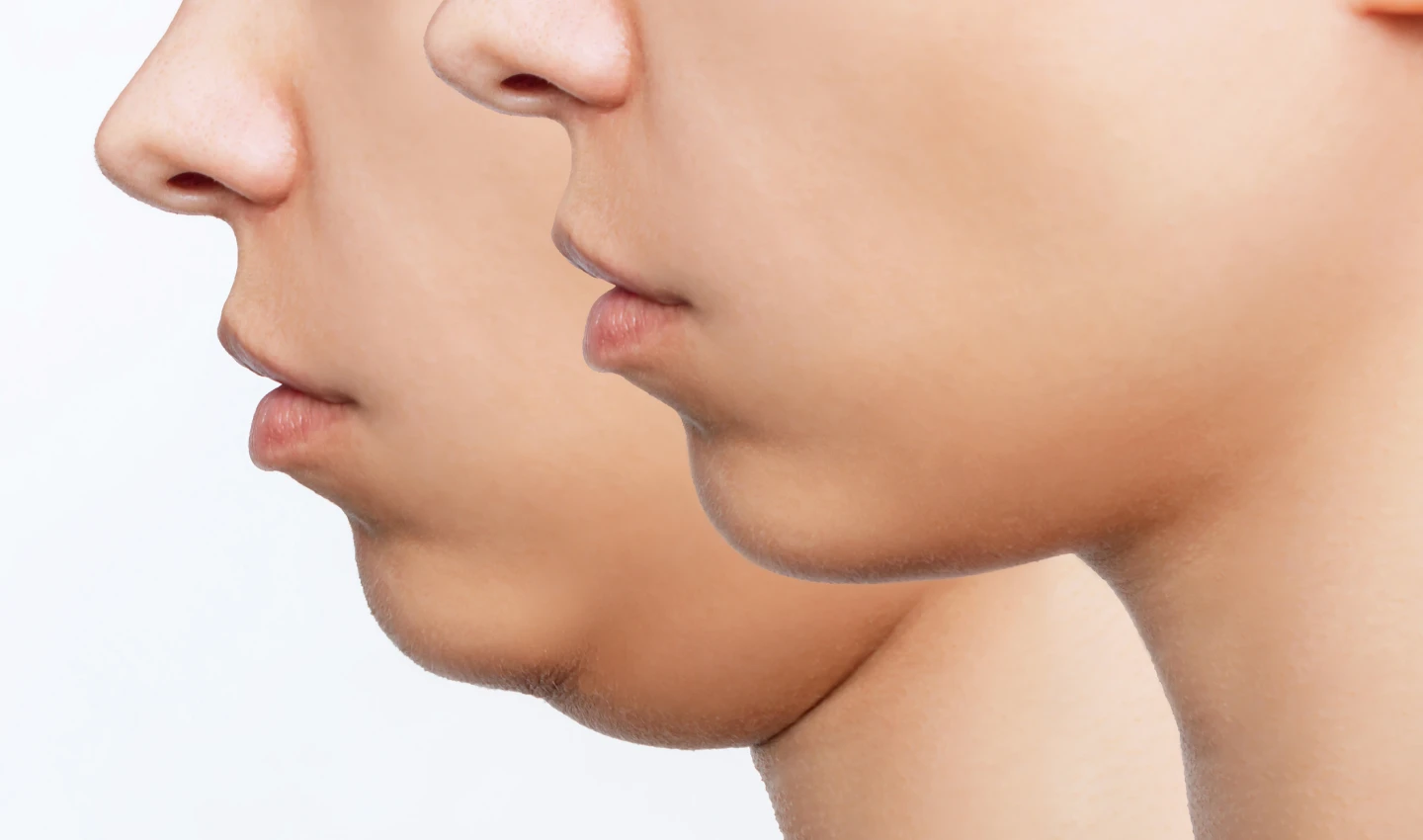Benefits of Kybella for a Defined Jawline
Kybella offers a multitude of advantages when it comes to achieving a well-defined jawline. Let’s explore each of these benefits in detail:
Kybella takes pride in being a non-invasive injectable treatment. This means that there are no incisions, anesthesia, or downtime required. By choosing Kybella, individuals can undergo a transformative journey without the need for surgery, ensuring a more comfortable and convenient experience.
One of the remarkable aspects of Kybella is its precise targeting capability. This injectable treatment is administered directly into the submental area, which is the region under the chin. By specifically addressing the area where fat reduction is desired, Kybella ensures that the treatment is focused and tailored to your needs.
Kybella’s efficacy lies in its ability to permanently eliminate fat cells. Once Kybella destroys the targeted fat cells, they are gone for good. This means that the results achieved through Kybella treatment are long-lasting, providing individuals with a sustained improvement in their jawline appearance.
Kybella has undergone rigorous clinical testing and has been proven to be both safe and effective in reducing submental fat and enhancing the facial profile. With its FDA approval, individuals can have confidence in the treatment’s reliability and its ability to deliver the desired outcomes.
A key advantage of Kybella is its ability to produce natural-looking results. The treatment works harmoniously with your body’s natural processes, enhancing your jawline without creating an artificial or overdone appearance. This ensures that the outcome is in line with your facial features, creating a more balanced and aesthetically pleasing look.
In addition to these core benefits, using Kybella to achieve a defined jawline can have further advantages:
A defined jawline is often associated with youthfulness, attractiveness, and strength. By enhancing the appearance of your jawline, Kybella can help boost your self-confidence and make you feel more comfortable and content in your own skin.
A strong and well-defined jawline can work wonders in reducing the appearance of jowls, sagging skin, and other signs of aging. By restoring a more youthful contour to your face, Kybella can help you regain a more vibrant and rejuvenated look.
A defined jawline can have a transformative effect on your overall facial profile. It helps to balance your facial features, creating a more harmonious and pleasing aesthetic. With Kybella’s ability to refine your jawline, you can achieve a more striking and attractive facial appearance.














